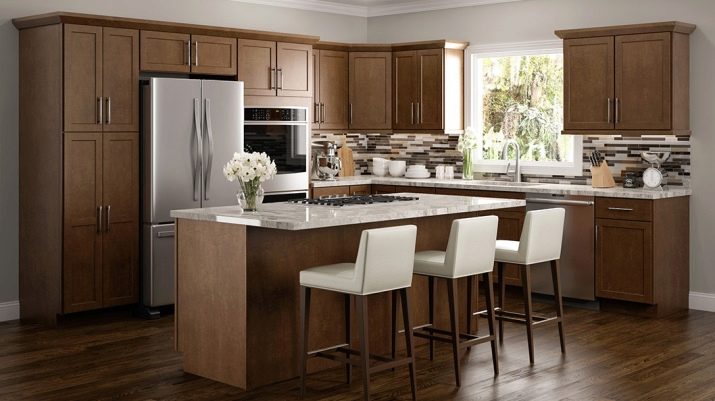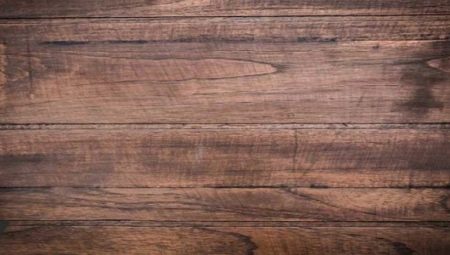The energy of the earth fills brown. It affects the formation of the character of lovers of shades of the color chocolate spectrum. Interest in the brown tone is reflected in the choice of a similar color for the interior and things.
Symbols and characteristics
In nature, a wide variety of brownish tones are very common: fallen leaves, tree bark, bamboo, cinnamon, buckwheat, sand, soil. Many animals are brown. Color is a mixture of yellow and red tones. It can contain many shades: mustard, cream, brick, beige, brown, chocolate, terracotta, coffee, light brown, tea, brown, chestnut, bronze tint.
This color represents a life that has somewhat slowed down its activity, so it is preferred by those who crave physical rest and peace.

He gives wisdom and the ability to maintain an equal relationship. The brown color scheme symbolizes fidelity, devotion, constancy, stability, stability, responsibility and cohesion.
In psychology, the positive characteristics of color are distinguished:
- common sense;
- thoroughness;
- reliability.
Preferring brown tones are not inclined to expose themselves to difficulties, it is easier for them to hide their head in the sand. Negative characteristics:
- obsessions;
- destruction;
- disappointments;
- depressed state.
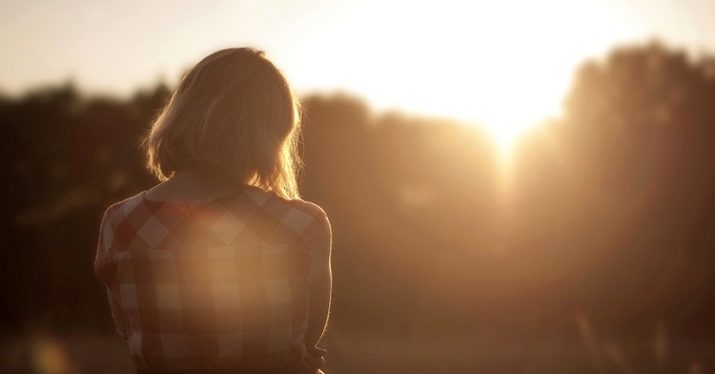
From ancient times, the Egyptians and other peoples who inhabited Africa compared brown tones with the color of the earth. Such a color spectrum was for them a symbol of birth, life, home, a strong family and stability.In ancient African tribes, coffee colors were used as sleeping pills. Modern psychologists also argue that dark brown curtains in the bedroom contribute to rapid falling asleep.
In ancient Greece, the chestnut tint was identified with the heroine of fertility and agriculture, the Hero, who is responsible for the life cycle: birth, death and resurrection. Shades were often used in everyday life, enjoyed great esteem, identified with high productivity and fertility of women.
The symbolism of the Slavs was reduced to an association associated with the owner of the taiga - a brown bear. Color symbolized strength, power, invincibility, perseverance. The Slavs avoided brown clothing due to the veneration of the totem animal.
Religions of the world have always reacted negatively to chestnut tones:
- Muslims considered him a symbol of devastation, ignorance, spiritual and social decay;
- christians associated chocolate shades with worship of dark forces, passions, especially at the time of the birth of the fascist movement, known as the "brown plague";
- Catholics chestnut tones were identified with poverty, moral decline and debauchery.
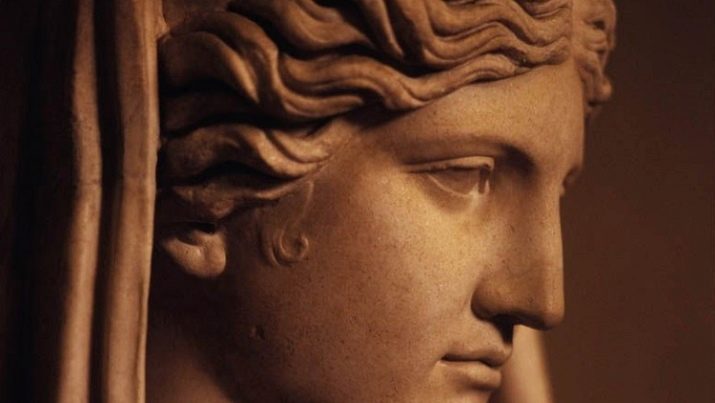
Physiological effect
Light shades of brown tones help warm the body. Color does not burn. In a light brown room, blood circulation improves and a feeling of soft warmth is created. Color can enhance immunity. The sparing, stimulating effect of chocolate coloring helps increase physical stamina.
Coffee color slows down metabolic processes, activates the heart, reduces blood pressure, and soothes the nervous system. Psychologists recommend that people with a high degree of anxiety surround themselves with brown objects. Stones of a tiger's eye and jasper are best of all helping. They contribute to relaxation and peace.
Before taking the exam, a coffee tone gives you the opportunity to concentrate and helps improve memory.
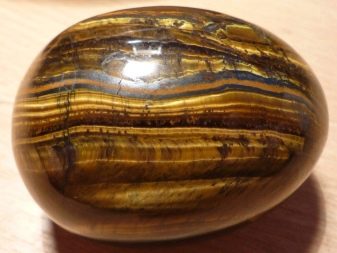
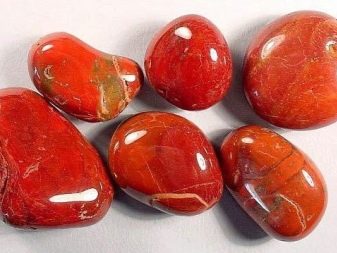
Psychological impact
Advertisers use brown in order to convince consumers of the naturalness of the product. The coloring of the bark of trees, cinnamon, earth, nuts inspires confidence of buyers. Manufacturers of cosmetics, which include natural ingredients, often use chestnut color. Psychologists recommend the use of this trustworthy color in trading and financial matters.
The preference for brown coloring by the individual indicates its conservative nature. In psychology, the unshakable life position of coffee color lovers is noted. He is liked by people who feel the earth’s firmament under their feet, stand steadily on it, confident in their abilities. Sometimes psychologists associate color with authoritarianism, constraint, and a tendency to depression.
A devoted, hardworking, purposeful, rational person loves all shades of brown. A lover of the chocolate color spectrum values family ties and honors traditions. But such people are often tormented by doubts. Often brown fans are simple, trivial, clumsy.
Lovers of brown colors do not like to lie and manipulate. They are honest and open. A warm and soft tone is conducive to frank conversations. The brown color spectrum never causes aggression or anger in others. It has a beneficial effect on a person, contributes to psychological relaxation.
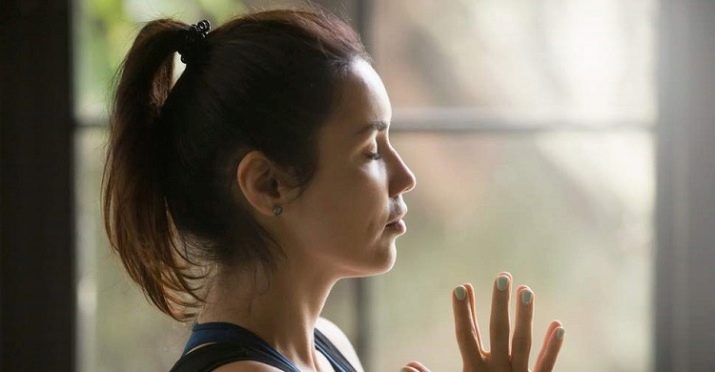
Color is often associated with hard work until exhaustion. Exhausted, often not enough sleepy people often try to surround themselves with chocolate shades.
Chronic fatigue or depression can also cause a person to turn to coffee tones. Brown shimmer gives rest to the eyes. A person surrounded by such a color scheme can calmly relax.
The inclusion of a brown color scheme in an interior or clothing has a calming effect on a person: it creates a feeling of peace, harmony, and liberation from physical overload.The desire to surround yourself with chestnut colors arises when you want to get rid of painful thoughts or a protracted conflict.
Adolescents have a love of brown color, if they want to drown out a protest in themselves against the prevailing lifestyle, awakening sensuality. The color of the earth gives them the opportunity to experience stability.
Very often tan tans are rejected by lovers to stand out from the crowd, highly spiritual personalities who want to rise above the primitive needs of the body. To people who do not tolerate routine and uniformity, the entire brown spectrum seems to be boring and banal. Impulsive individuals are lacking in colors of brightness and color.

Brown color and clothes
In ancient Rome, only slaves were allowed to wear brown clothes. Noble people never wore it. In Russia, on the contrary, wealthy and highly respected persons enjoyed the privilege of using chocolate shades in their robes. Europeans who lived in the Middle Ages identified chestnut-colored vestments with torment and hopelessness.
Modern lovers of brown clothes are calm and patient. They carefully consider their actions and make informed decisions. Never spend money on an unnecessary thing. Such people skillfully manage finances. Take care of things. They love accuracy, cleanliness and order. They prefer silence and their own comfort.
Brown colors in clothes indicate a great partner and reliable friend. Fans of coffee colors achieve their goals. They are able to panic at the slightest deviation from the tasks. They have a habit of controlling the actions of others. Preference for brown tones is often given by people who want to stay in the shade.
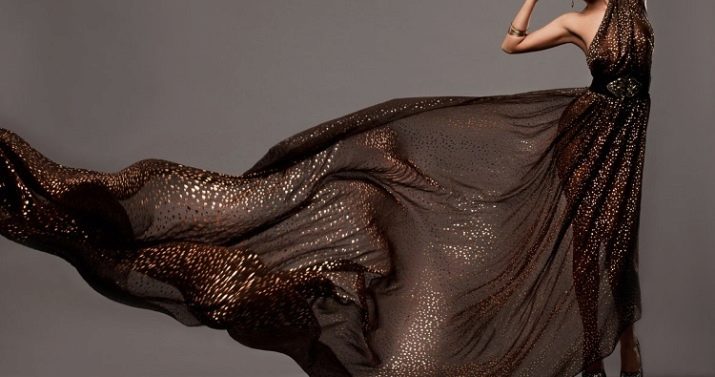
Universal brown clothing fits any occasion. The color scheme of chocolate shades is suitable for business style and creating a romantic image. Non-marking items are ideally used as casual wear. She suits pale-faced blondes and dark-haired dark-skinned girls.
Psychologists recommend using brown shades in business style clothes. The color scheme causes a location to the person. There is a feeling of trust and respect. At an important meeting or interview with a potential employer, they are advised to wear clothes of this color. It testifies to the fundamental nature of the executive and responsible applicant. Color is conducive to acquaintance and further communication.
Young people rarely prefer brown things, linking it to wilting. Young ladies should not refuse brown clothes. With a successful combination with other shades, young people in chestnut colors look stylish, fashionable and spectacular. The playfulness and lightness of the image is not compatible with coffee shades, so it is better to use other tones for those experiencing difficulties in getting to know the opposite sex.

Interior Application
From ancient times people preferred brown furniture. She instilled a sense of security and a sense of comfort. The brown interior is ideal for rooms, living room, kitchen, bathroom. It smooths out the contradictions of different generations, improves the psychological situation in the family.
Most people, using the color of the earth, fill their apartments with a sense of peace and complete relaxation. In a brown bedroom, a person can have a good rest and get rid of stress, but to improve the quality of intimate life, such a color must be diluted with a peach or red tone.
Coffee shades bring a sense of warmth and coziness to life. They are often used in the interior. Chocolate-coated flooring, walls and furniture helps get rid of the hustle and bustle of the city.
The brown color is ideal for the kitchen interior and dining room. It prevents excessive saturation of the body, thereby eliminating overeating.But loss of appetite does not occur. Reception in such a room brings great pleasure.
Delicate cream tones visually expand the space, have a beneficial effect on people, providing mitigation of problems and confidence in a favorable outcome. Dark colors reduce space. To create a special comfort in the apartment, warm shades of brown are used.
At the workplace, it is desirable to combine chocolate colors with cool shades: gray, golden, white.
